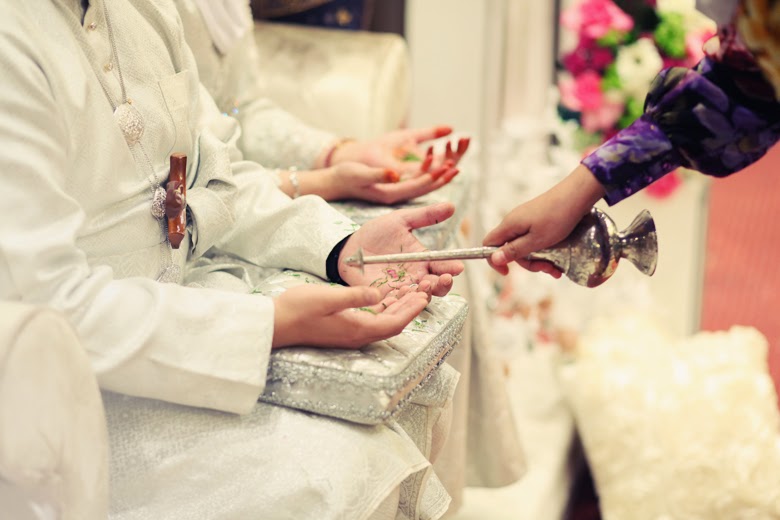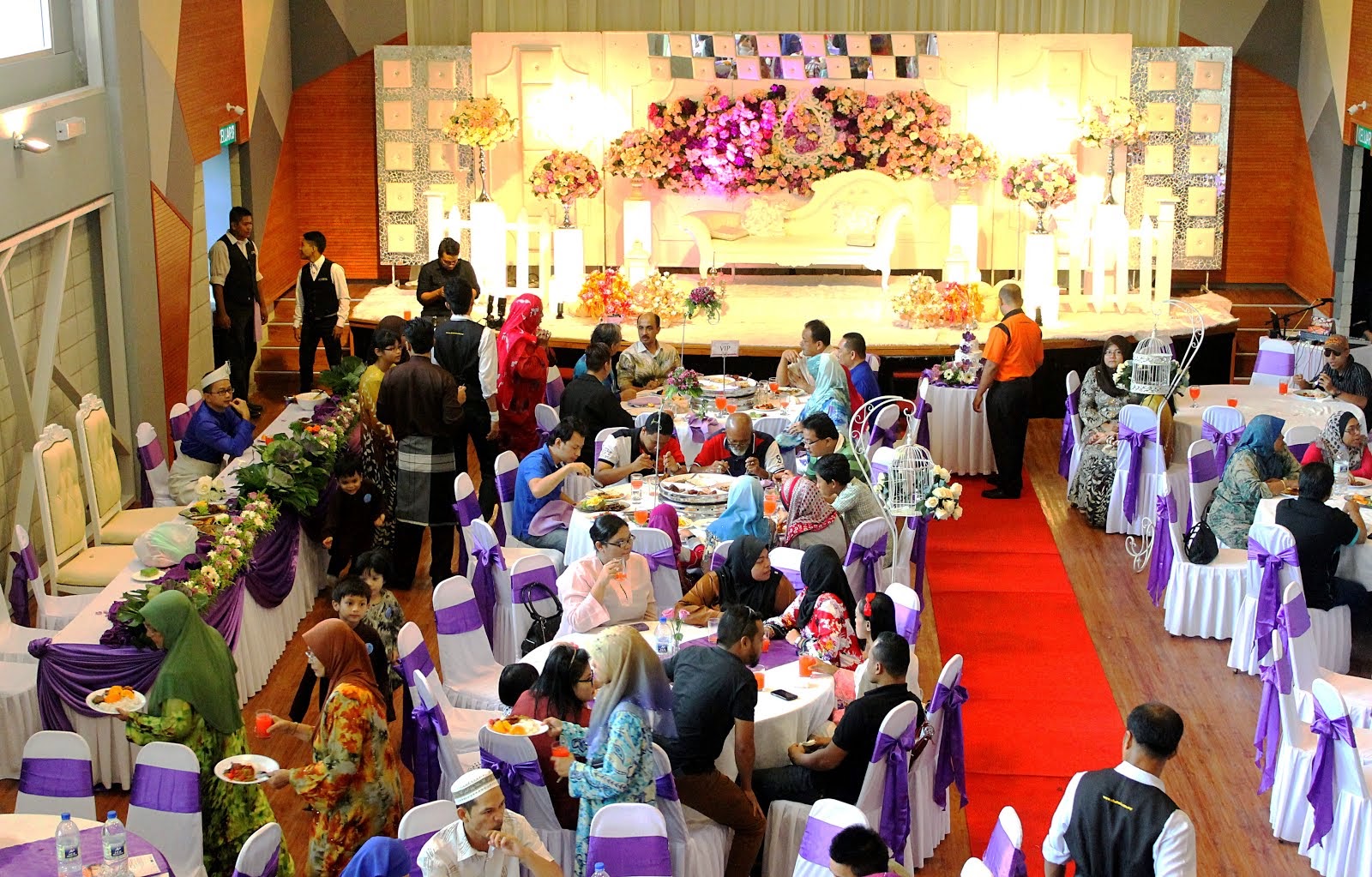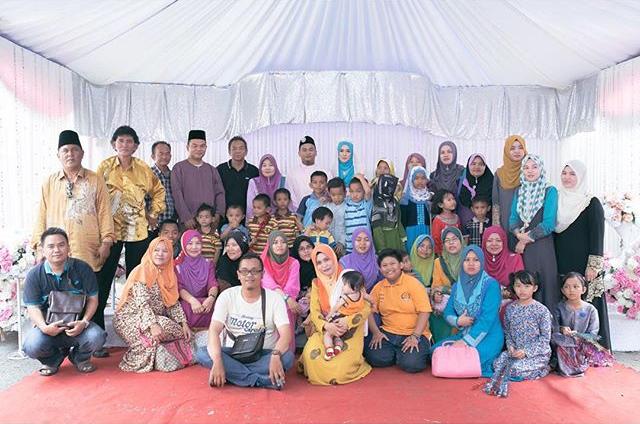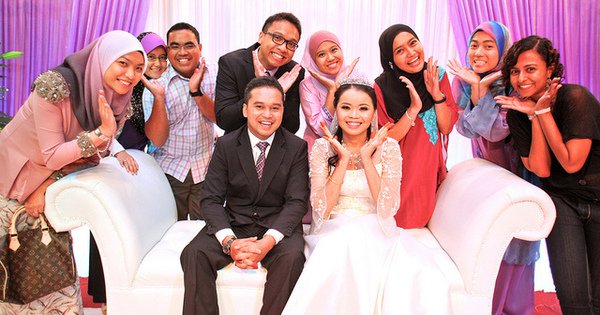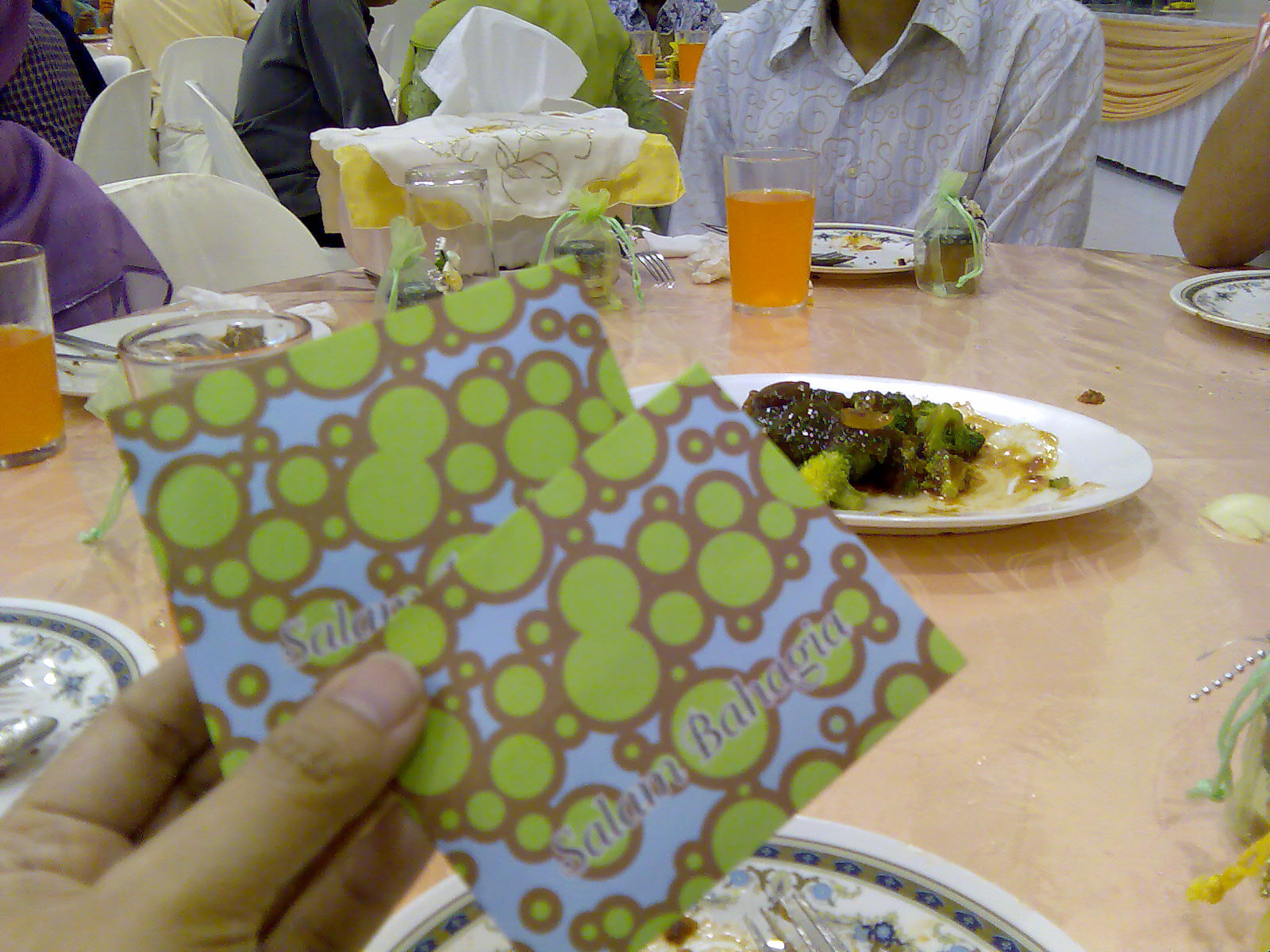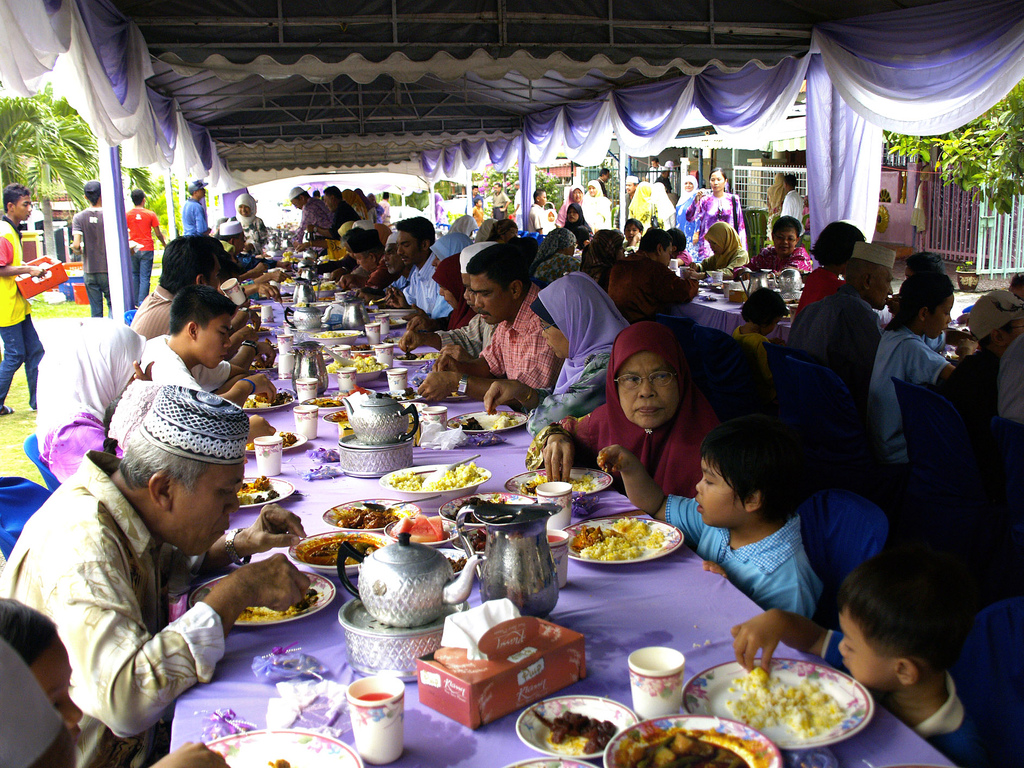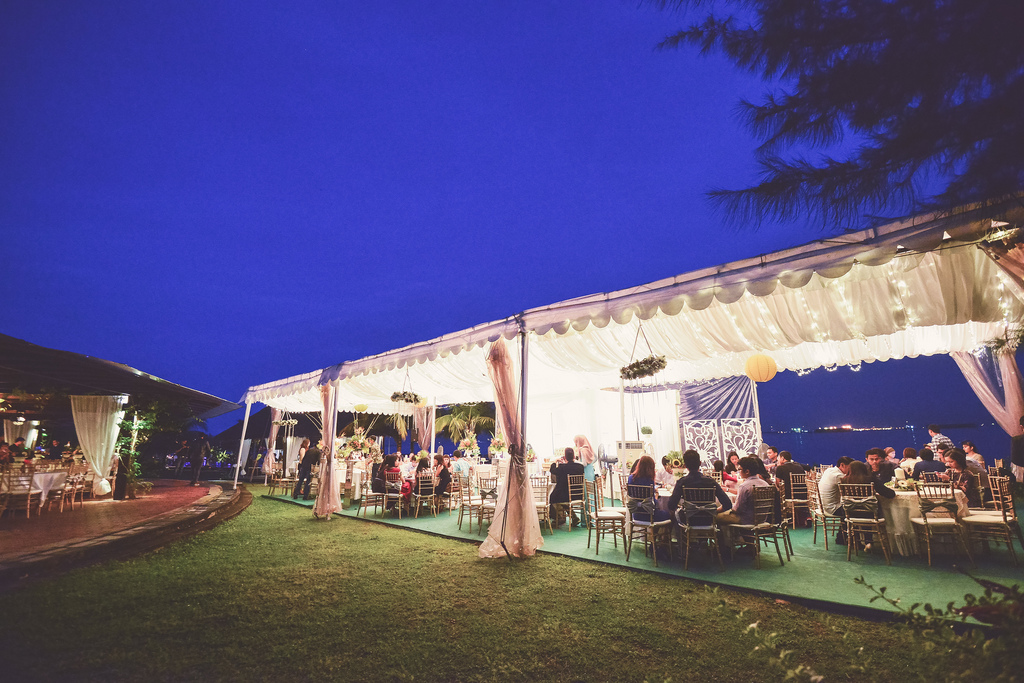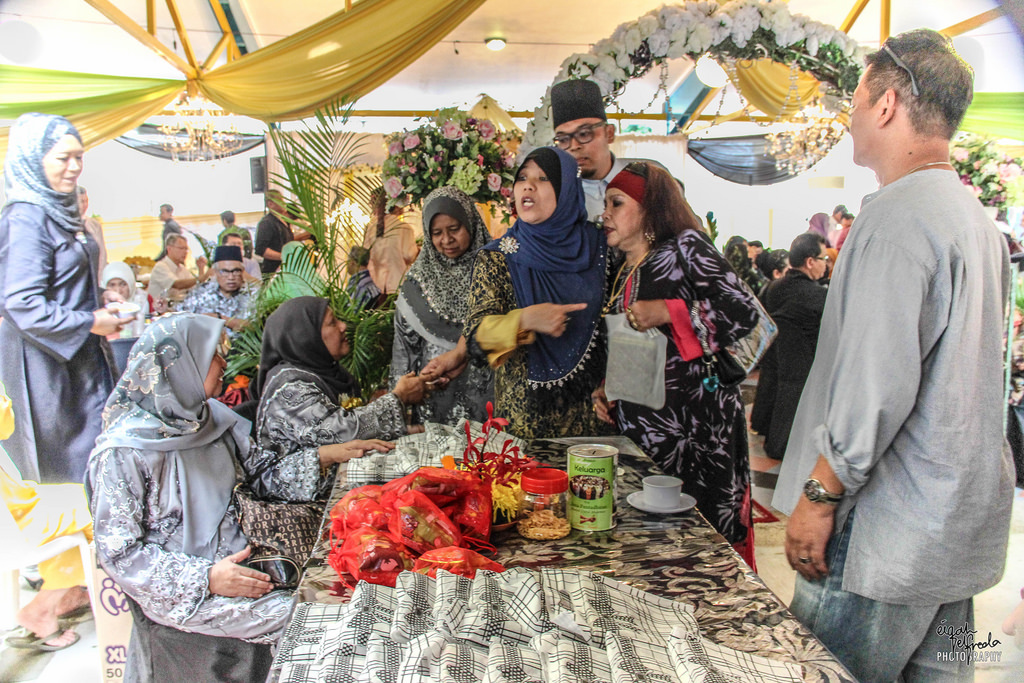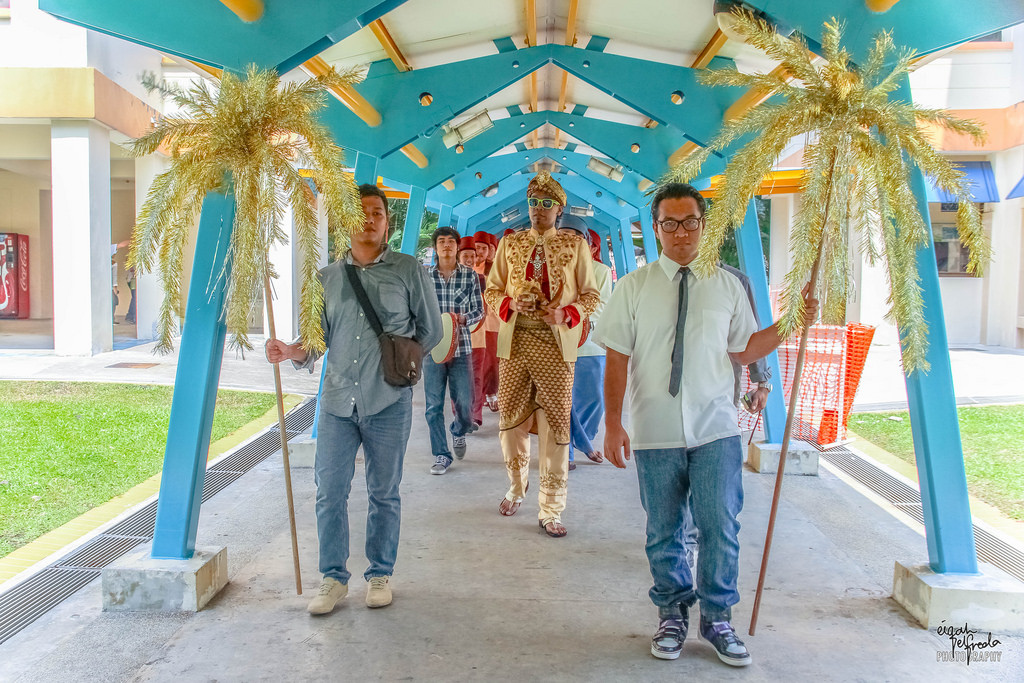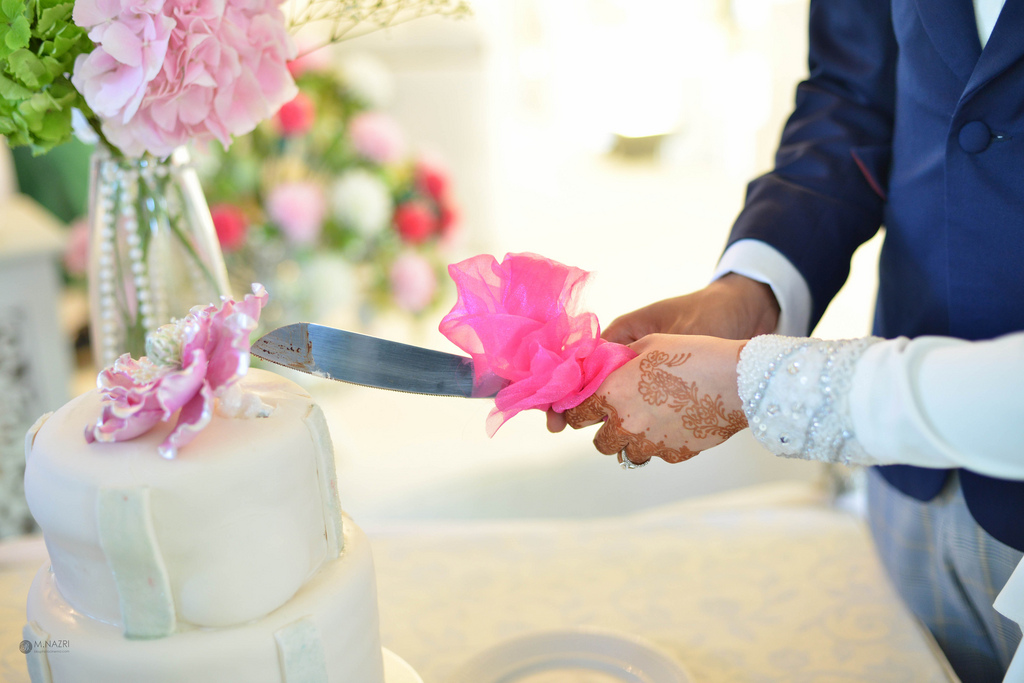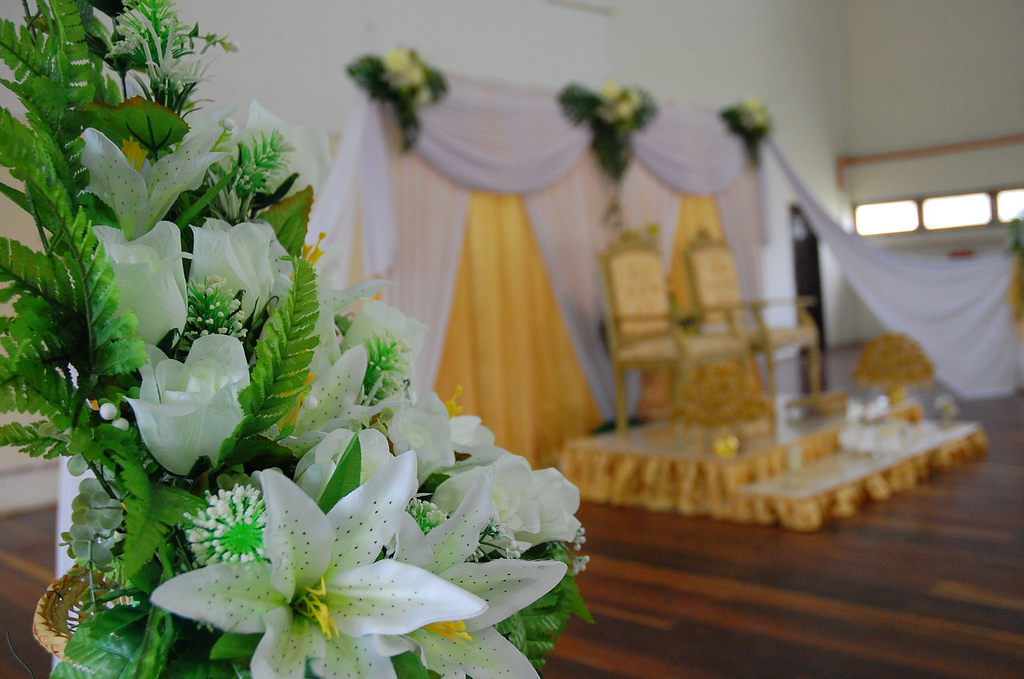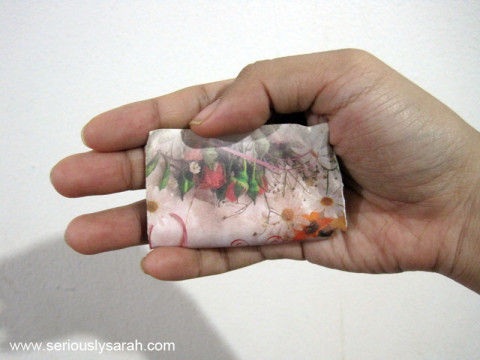What Should You Do At A Malay Wedding As A Respectful, Responsible Guest?
Don't be intimidated, it's actually a pretty relaxed affair!
Many, especially the non-Malays (like me), are pretty much clueless on how to prepare for and what should be expected from Malay weddings. So, here are some pointers:
1. First things first, Muslim weddings are usually divided into 2 segments - akad nikah (solemnisation ceremony) and majlis bersanding (reception)
The akad nikah, which is the actual wedding ceremony, is typically held early in the day at the bride's parents' home or at a local mosque. The ceremony is officiated by a kadi (Muslim marriage official) or imam (Muslim priest) and usually, only close friends and family are invited.
The solemnisation ceremony will be followed by the majlis bersanding and wedding reception in the afternoon, which are usually held in community centre halls, multi-purpose halls, void decks of apartment blocks, or the yard/garden of a residence. There is no fixed itinerary apart from the bride and groom's appearance on the pelamin (bridal dais) and cultural performances (if any), so guests may come and go as they please within a certain time period.
Some couples may opt to hold an evening reception instead, which is typically held in restaurants, hotel ballrooms, or country clubs. Evening receptions are a more formal affair, with a set multiple course dinner with fewer guests invited.
So... which one should you attend?
Most wedding invitations will only note the details of the reception although, in some cases, details of the akad nikah will also be included. Majority of people will only attend the reception, because - as stated above - the exchange of marriage vows is usually witnessed by a smaller crowd that includes family members and occasionally, close friends.
However, if you would like to attend the wedding ceremony, do ask the person who gave you the invitation if it is alright to do so. You should also take note that the dress code for an akad nikah ceremony is a bit more muted and conservative. In the event that the ceremony is held in a mosque, female guests are advised to cover their heads and dress decently.
2. Malay-Muslim wedding receptions seem to go by a "the more the merrier" concept, where literally every relative, acquaintance, colleague etc. is invited. So you are free to bring along some company if you wish... within reason.
Responding to an invitation and attending the wedding is seen as a sign of respect and support for the newly-weds, and families of the married couple are honoured by anyone's attendance to the joyous occasion.
Depending on what is stated in your invitation card, you can bring along a partner and even your family members and friends to the reception. That doesn't mean you should bring a busload of people with you unless they were formally invited to the reception as well. When in doubt, clarify with the person who invited you to the wedding!
Also, do ask the bride/groom or the person who invited you if it's alright to bring along additional uninvited guests. This is especially important if it's a dinner reception held in a hotel or restaurant where there are limited seats and space available.
If you are unable to make it, do let your host know instead of being a no-show on the day of the event.
3. There are 3 basic rules to the dress code - wear modestly, appropriately, and comfortably. A smart casual look works just fine and you also want to be comfortable enough to breathe in after stuffing yourself full with food. ;p
Afternoon receptions can get pretty hot and stuffy, especially if they are held in venues without air-conditioning such as community halls and void decks.
For women, you can opt to wear a traditional baju kurung or anything that is decent and conservative. This goes without saying - refrain from wearing shorts or skirts/dresses that are above knee length or tops that show too much cleavage. If you are attending the solemnisation ceremony, you are advised to wrap a scarf over your head.
Traditionally, Malay men wear baju Melayu with a songkok and songket, but a simple long or short-sleeved shirt with some long pants and covered shoes would suffice.
If you are invited to a dinner reception instead, a formal dress code is implied, so you can dress as fancy as you'd like! Also, unlike Chinese weddings where the colour black is frowned upon, you can wear whatever colour you like to a Malay wedding... so go crazy (but not too crazy)!
Find the right ensemble if you don't have any traditional wear to sport. Maybe a scarf and a long skirt will do the trick in recreating that baju kurung look. Take a look at the Stylebop coupons that will save you some time and money that will help you achieve that!
4. You're not exactly expected to bring any form of wedding gifts, but guests typically contribute a cash token kept in an envelope or green/red packet
The amount you give is entirely up to you and sometimes, dependent on how close you are with the bride/groom, so gift to the best of your ability. The monetary envelope should be passed to either parent of the bride or groom when you're about to leave the wedding.
Gifts or vouchers are almost unheard of in Malay weddings today, but that's acceptable too.
5. You are not expected to arrive at the start of the reception, just come to the venue within the time range that is stated on your invitation card. Do check with the person who invited you on the key timings of what is happening such as the wedding couple's grand appearance.
If you want to avoid the crowd and/or get settled before the arrival of the bride and groom, come at least 30 minutes earlier.
6. Also, you are not expected to stay for the entire duration of the reception as some wedding receptions can last until night time
Malay wedding receptions typically start sometime before lunch time around 11am and conclude around 4pm to 5pm, although some may last until 8pm to 10pm. Guests usually stay on for an average of 2 to 3 hours.
7. Once you've arrived at the venue, look for the entrance arch or the wedding favours table are, as that is where the newlyweds' parents or penyambut tetamu (guest ushers) would be at. Introduce yourself and you will soon find yourself being asked to settle down and eat.
If you don't recognise the parents, they are usually the ones who are dressed up extra nice and/or busy hosting and welcoming everyone else. You can also try asking around if you can't seem to spot them in the crowd.
NOTE: If you want to shake hands or salam, take note that it is considered a no-no to do so with the opposite sex (e.g. a guy shaking the bride/groom's mother's hand) unless they initiate it. More on that here.
8. There really isn't much to do at a Malay wedding except eat, take loads of photos, eat again, and just enjoying yourself!
Malay wedding receptions usually feature a buffet line with tons of food and desserts at your disposal as well as free seating tables, unless it's a formal dinner with a specific seating plan. Some even have photo booths for guests to take snapshots of the happy occasion and/or karaoke machines for those who'd like to initiate an impromptu singing session.
Other than that, just sit back and enjoy the show! If you're attending a reception at the bride's, expect to see the groom's grand entrance - accompanied by his entourage and a group of kompang players - as he arrives to "pick up" his wife. It can get pretty goofy too, as the bridal party attempts to prevent the groom from reaching the bride.
On the groom's side, there will be a cake-cutting ceremony. If it's a combined reception, then you get the best of both worlds! There may also be silat performances as well as some singing performances.
9. The newlyweds are not always at the wedding altar as they might be in the wedding reception on the other side of the family, so there is no guarantee that you will get to see them... and that's totally fine!
Malay weddings are usually held for extended periods of time throughout the day or night to accommodate all guests, as some may not be able to attend at certain times but can be present at others. As a result, the bride and groom will not always be at the wedding altar.
If they are absent, it usually means they have not arrived (if it is still early into the wedding) or have gone to change their outfits. These arrivals and outfit changes are usually scheduled, so if you’re keen on being at the reception only when the bride and groom are present, make sure to ask the couple for the timings of when they would be at the altar beforehand.
10. After you're done with your food and mingling, it's time to call it a day. Seek out the bride and/or groom's parents to congratulate and formally bid them farewell. Before you leave, make sure to salam cangkuk (pass) them money envelope.
What is salam cangkuk, you ask? It's a method you use to discreetly and respectfully pass them the money envelope. First, you fold the envelope/packet in half, small enough to fit in the palm of your hand. When you salam or shake hands with the mother/father of the bride/groom, they will take it discreetly as they thank you for coming. Just don't hand it to them with just one hand (that's too blatant) although passing it over with two hands is acceptable.
After that, you will be given a wedding favour, such as a bunga telur or a fancy, petite box of chocolates. Sometimes, these wedding favours could be given as door gifts upon your arrival or while you're eating.

